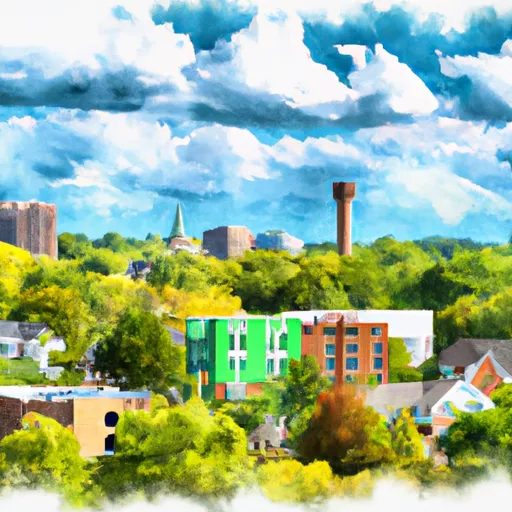°F
°F
mph
Windspeed
%
Humidity











Westerville, Ohio is a picturesque city located in Delaware and Franklin counties, just northeast of Columbus. The city experiences a humid continental climate, characterized by warm summers and cold winters. Summers in Westerville are typically mild to warm, with average temperatures ranging from the 70s to the low 80s (Fahrenheit), while winters can be quite cold with temperatures averaging in the 30s and occasional snowfall.
Hydrologically, Westerville is surrounded by several small lakes and ponds, providing scenic beauty and recreational opportunities. Hoover Reservoir is one of the main bodies of water in the area, offering boating, fishing, and hiking opportunities. This reservoir is known for its abundance of bass and catfish, attracting anglers year-round.
When it comes to outdoor recreation, Westerville boasts an extensive park system with over 40 parks and green spaces. Inniswood Metro Gardens is a popular destination for nature enthusiasts, featuring stunning gardens and walking trails. Blendon Woods Metro Park offers outdoor activities such as hiking, birdwatching, and horseback riding. Additionally, the Alum Creek State Park is located nearby, providing opportunities for camping, fishing, swimming, and boating.
In conclusion, Westerville, Ohio offers a diverse climate, beautiful hydrological features, and various outdoor recreation opportunities, making it an attractive destination for nature lovers and outdoor enthusiasts.
Weather Forecast
Westerville receives approximately 1025mm of rain per year, with humidity levels near 80% and air temperatures averaging around 11°C. Westerville has a plant hardyness factor of 6, meaning plants and agriculture in this region thrive during a short period during spring and early summer. Most plants will die off during the colder winter months.



